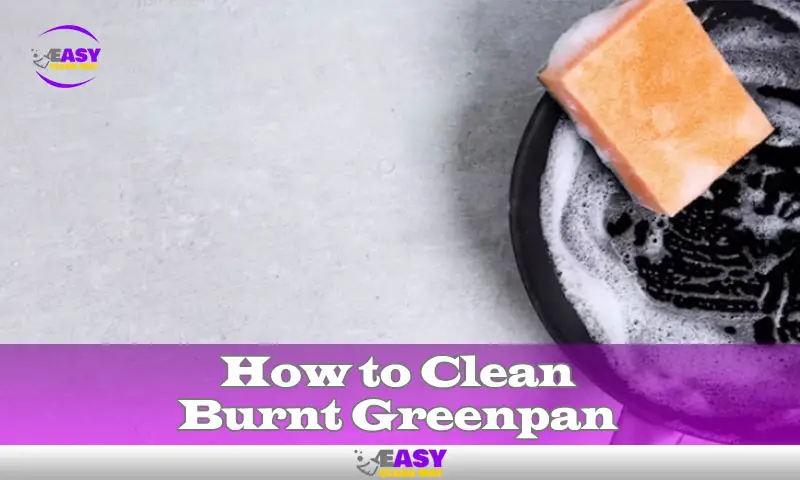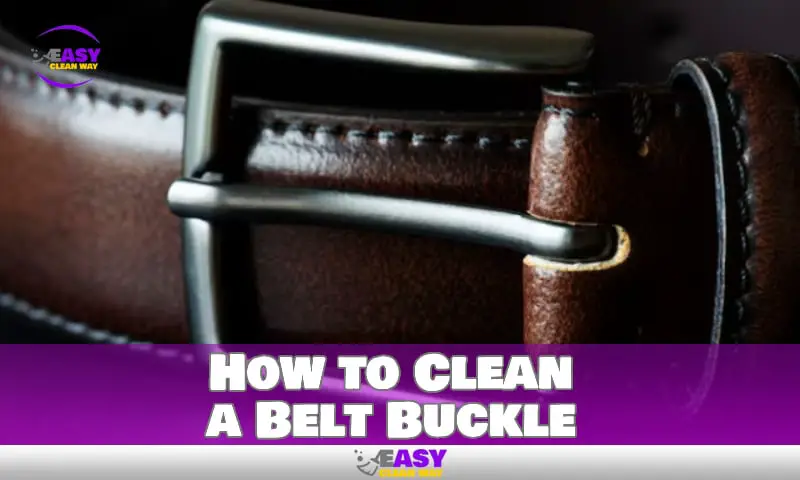Cleaning and maintaining a bolt action rifle is an important part of owning one. Not only will regular cleaning and maintenance ensure that your rifle is always in top working condition, but it can also help to extend its lifespan. A well-maintained rifle will be more accurate and reliable, and will be less likely to jam or malfunction when you need it most. In this article, we will provide a step-by-step guide on how to properly clean and maintain a bolt action rifle. We will cover everything from gathering the necessary supplies to disassembling, cleaning, and reassembling the rifle, as well as tips for proper storage and maintenance.
Gathering the Necessary Supplies
Before you begin cleaning your bolt action rifle, you will need to gather all of the necessary supplies. The list of items needed for cleaning may vary depending on the type of rifle you have and the level of cleaning you plan to do, but generally, you will need the following items:
- Cleaning rod: This is a long, thin rod that is used to guide cleaning brushes and patches through the barrel. A cleaning rod can be made of different materials, such as aluminum or carbon fiber.
- Cleaning brushes: These are small brushes that are used to scrub the inside of the barrel and other parts of the rifle. You will need a brush for the bore and one for the chamber.
- Solvents: Solvents are used to dissolve and remove dirt, fouling, and other debris from the barrel and other parts of the rifle. You will need a good quality gun cleaner like Hoppe’s No 9.
- Lubricants: Lubricants are used to lubricate the moving parts of the rifle and protect them from rust and corrosion. Some common types of lubricants include oil, grease, and CLP (Cleaner, Lubricant, Protectant).
- Cleaning patches: These are small pieces of cloth or other material that are used to wipe down the barrel and other parts of the rifle. They can be used with solvents to help remove dirt and debris.
- Rags or paper towels: These are used to wipe down and dry off the rifle after cleaning.
- Safety equipment (optional): Some people prefer to wear gloves and safety glasses while cleaning their rifle to protect themselves from solvents and other chemicals.
You might also want to have a workbench or mat to put all the parts on so that you don’t lose or damage them during the cleaning process.
It is also important to read the manual of your rifle, as manufacturers may have specific instructions or recommendations for cleaning and maintaining their products.
Disassembling the Rifle
Before you begin cleaning your bolt action rifle, you will need to disassemble it. This will allow you to properly clean and lubricate all of the parts of the rifle.
The disassembly process for a bolt action rifle will vary depending on the make and model of your rifle, so it’s important to consult the owner’s manual for specific instructions. However, there are some general steps that are commonly followed:
- Remove the magazine, if your rifle has one.
- Make sure that the rifle is unloaded by visually inspecting the chamber and the magazine, and pointing the rifle in a safe direction.
- Lock the bolt open, if possible, so that the action is clear and you can see the firing pin and chamber.
- Remove the bolt from the action. This may require you to press down on a bolt release lever or to rotate a bolt handle to unlock the bolt.
- Once the bolt is removed, use a brush and solvent to clean the inside of the bolt body and the firing pin.
- Clean the chamber and barrel using cleaning rod, brushes, and solvents. Make sure to use appropriate brushes and solvents that are compatible with the material of your barrel.
- Inspect the barrel for any damages or rust, if you find any damages, it’s important to take the rifle to a professional gunsmith.
- Clean and lubricate the trigger and other moving parts of the rifle using a small brush or toothbrush and lubricant.
- Clean and lubricate the stock and other exterior parts of the rifle using mild soap and water, and a rag or paper towel.
- Keep all small parts such as springs, pins and screws in a small container or a plastic bag so you won’t lose them during the cleaning process.
It’s important to remember that when reassembling your rifle, make sure to do it correctly, properly aligning and tightening all the parts. Also, double-check that your rifle is unloaded before you proceed.
Cleaning the Barrel
Cleaning the barrel of a bolt action rifle is one of the most important parts of the cleaning process. A dirty barrel can negatively affect the accuracy and performance of your rifle. To properly clean the barrel of your rifle, you will need to use a cleaning rod, brushes, and solvents. Here are the general steps you should follow:
- Begin by attaching a bore brush to the cleaning rod. Soak the brush in solvent and run it through the barrel several times to loosen any dirt, fouling, or other debris.
- Attach a cleaning patch to the rod, and run it through the barrel to remove any dirt and debris that the brush has loosened.
- Repeat step 1 and 2 until the patches come out clean. It may take several passes to thoroughly clean the barrel.
- Once the barrel is clean, it’s important to use a few dry patches to remove any residual solvent in the barrel, you can also use a cleaning rod with a bore guide to ensure a tight fit.
- Lubricate the barrel. If your rifle is going to be stored for a while, it’s a good idea to use a rust preventative oil, otherwise, a light lubricant like a gun oil can be used.
- When lubricating the barrel, pay attention to the areas that contact the moving parts of the bolt, such as the locking lugs, the extractor and the ejector. This will help to reduce friction and ensure smooth operation.
It’s important to note that the frequency of cleaning your barrel will depend on how often you use your rifle and the type of ammunition you use. If you use your rifle frequently and/or use dirty ammunition, you will need to clean the barrel more often.
Cleaning the Bolt and Other Moving Parts
The bolt is one of the most important moving parts of a bolt action rifle, as it is responsible for chambering and firing the cartridge. It is important to keep the bolt clean and well-lubricated to ensure smooth operation and to prevent jams or malfunctions. Here’s a step-by-step guide on how to clean and lubricate the bolt and other moving parts of a bolt action rifle:
- Remove the bolt from the rifle, as previously instructed in the disassembling section.
- Use a small brush and solvent to clean the inside of the bolt body and the firing pin. Make sure to pay attention to the bolt lugs, extractor, and ejector as these areas tend to collect dirt and fouling.
- Use a clean rag or paper towel to wipe down the exterior of the bolt and to remove any solvent or debris.
- Apply a small amount of lubricant to the bolt body and the moving parts of the bolt. Be sure to lubricate the lugs, the extractor, and the ejector as well as any other moving parts.
- Clean and lubricate the other moving parts of the rifle, such as the trigger and safety, using a small brush or toothbrush and lubricant. Make sure to remove any debris or dirt, and to lubricate all the moving parts.
- Reassemble the rifle as previously instructed and make sure that all parts are properly aligned and tightened before proceeding.
It’s important to note that during the cleaning and lubricating process, it is important to use a high-quality lubricant that is appropriate for the type of metal of the rifle, and a solvent that is compatible with the finishes on the rifle to avoid any damage.
It’s also important to remember that, as with any other part of the rifle, it is important to clean and lubricate the bolt and other moving parts regularly to ensure optimal performance and longevity.
Cleaning the Stock and Other Exterior Parts
The stock and other exterior parts of a bolt action rifle, such as the metal parts, can become dirty and discolored over time from handling and exposure to the elements. It’s important to clean these parts regularly to maintain the appearance and condition of the rifle. Here’s a step-by-step guide on how to clean the stock and other exterior parts of a bolt action rifle:
- Use a mild soap and water to clean the stock and other exterior parts of the rifle. A mild dish soap or laundry detergent works well for this.
- Dip a rag or soft-bristled brush in the soapy water and gently scrub the stock and other exterior parts. Pay extra attention to areas that tend to collect dirt and grime such as the grip, forearm, and trigger guard.
- Use a clean, damp rag to wipe down the stock and other exterior parts to remove any soap residue.
- Dry the stock and other exterior parts thoroughly with a clean rag or paper towel.
- If you have a wood stock, you might want to protect and enhance its appearance by using a good quality wood oil or a polish.
- If your rifle has a metal finish, like blued steel, use a metal polish to remove rust, corrosion or light scratches.
It’s important to note that when cleaning the stock and other exterior parts of the rifle, you should avoid using harsh chemicals or abrasive materials as these can damage the finish and cause discoloration. Also, avoid getting water or cleaning solutions inside the action or barrel.
In addition to regular cleaning, it’s also important to take steps to protect the stock and other exterior parts of the rifle from damage, such as by using a good quality gun sock or a rifle case when storing or transporting the rifle.
Reassembling the Rifle
Once you have finished cleaning and lubricating all of the parts of your bolt action rifle, it’s time to reassemble it. This is an important step in the cleaning process, as it will ensure that your rifle is put back together correctly and will function properly. Here’s a step-by-step guide on how to reassemble a bolt action rifle:
- Start by reassembling the bolt, making sure that all the parts are properly aligned and in the correct position.
- Place the bolt back into the action, ensuring that it is properly aligned and seated.
- Close the bolt and make sure it is locked in place securely.
- Replace any other parts that you removed earlier, such as the magazine or scope, ensuring that they are properly aligned and securely attached.
- Double-check that all screws, pins, and other small parts are in place and tightened properly.
- Double-check that the rifle is unloaded, and that the chamber and magazine are clear.
- Test the action of the rifle to ensure that it is working smoothly and correctly.
It’s important to remember to follow the manufacturer’s manual during the reassembling process, as different rifles may have different steps and specific instructions for reassembling. Also, make sure to keep track of any small parts and not to lose or misplace them during the process.
Additionally, before using the rifle, it is recommended to do a function test and make sure that all the parts are working as they should.
Maintenance and Storage
Cleaning and maintaining a bolt action rifle is an ongoing process, and not just a one-time event. It’s important to regularly clean and lubricate the rifle to ensure that it is always in top working condition, and to protect it from rust and corrosion.
Here are some tips for maintenance and storage of a bolt action rifle:
- Clean and lubricate the rifle after each use, or at least every few months, depending on the usage.
- Store the rifle in a dry, cool place, ideally in a gun safe or a gun cabinet to protect it from damage and theft.
- Use a good quality gun sock or a rifle case when transporting the rifle to protect it from scratches and dings.
- Avoid leaving the rifle in direct sunlight or in a damp or humid area as this can lead to rust and corrosion.
- Use desiccant packs or a dehumidifier in the safe or cabinet to absorb moisture and prevent rust.
- Make sure to use high-quality lubricants and solvents that are appropriate for the type of metal of the rifle, and compatible with the finishes on the rifle.
- Regularly inspect the rifle for any signs of wear or damage, and have it serviced by a professional gunsmith if necessary.
It’s also important to note that, depending on the type of hunting, shooting, or usage the rifle is put through, some parts may wear out quicker and may need to be replaced or serviced. Make sure to follow the manufacturer’s recommendations and instructions to ensure optimal performance and longevity of the rifle.
People Also Like: How to Clean Vomit Out of Perforated Leather Seats
Conclusion
Cleaning and maintaining a bolt action rifle is an important part of owning one. By regularly cleaning and lubricating the rifle, you can ensure that it is always in top working condition, and that it will be more accurate and reliable. This process includes gathering the necessary supplies, disassembling, cleaning and lubricating, reassembling, and proper storage of the rifle.
Cleaning the barrel, bolt and other moving parts, as well as the stock and other exterior parts, is crucial for the good performance and longevity of the rifle. And also, maintaining a correct storage environment, where the rifle is protected from the elements and other potential damage.
It’s important to remember that every rifle is different, and you should always consult the owner’s manual for specific instructions and recommendations. And, be sure to follow the safety rules and guidelines when handling the rifle.
By following these steps, you can take good care of your bolt action rifle, and enjoy its performance and accuracy for many years to come.
Hey there! I’m Alton Smith, your Clean Expert blogger. I’m on a quest to help you conquer chaos and embrace the joys of a tidy life.





